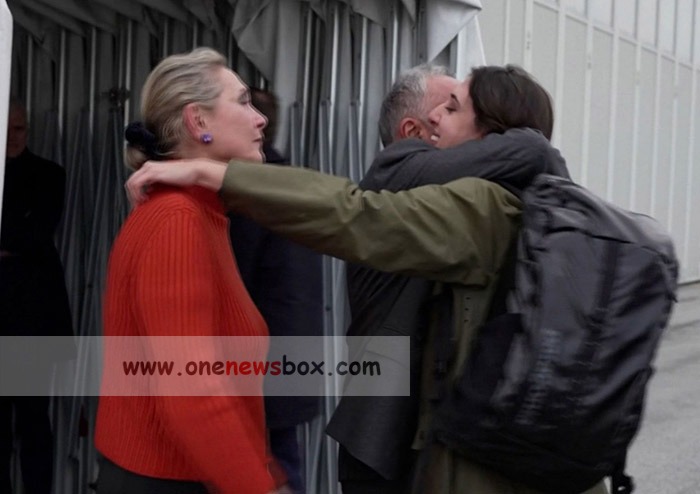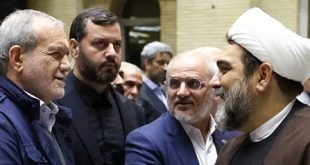The timing of Sala’s arrest fueled suspicions that it might have been politically motivated. Just three days earlier, Italian authorities had detained an Iranian engineer, Mohammad Abedini, on a U.S. warrant. Abedini faced allegations of leaking technology that enabled Iran to carry out a drone attack targeting U.S. troops in Jordan. While neither Iran nor Italy confirmed a direct link between the two cases, observers speculated that Sala’s detention could have been a retaliatory move—a bargaining chip in a high-stakes diplomatic game.
The Diplomatic Efforts
The resolution of Sala’s case underscores the intricate web of diplomacy that unfolds behind closed doors. Italian Prime Minister Giorgia Meloni credited Sala’s release to “intense work on diplomatic and intelligence channels.” Her statement, posted to the social media platform X (formerly Twitter), highlighted the collaborative effort between Italian officials and intelligence agencies.
Italian diplomats reportedly engaged in discreet negotiations with their Iranian counterparts, emphasizing the journalist’s humanitarian plight. Meanwhile, the United States, which has long accused Iran of using foreign detainees as leverage, issued a statement calling for Sala’s release. The U.S. State Department underscored its broader concerns about Tehran’s tactics, though it stopped short of explicitly linking Sala’s detention to Abedini’s case.
John Kirby, spokesperson for the U.S. National Security Council, later clarified that Sala’s release was an “Italian decision from soup to nuts,” distancing the White House from the negotiations. Kirby’s remarks suggest that Italy navigated the diplomatic minefield independently, possibly to avoid complicating its ties with both Washington and Tehran.

